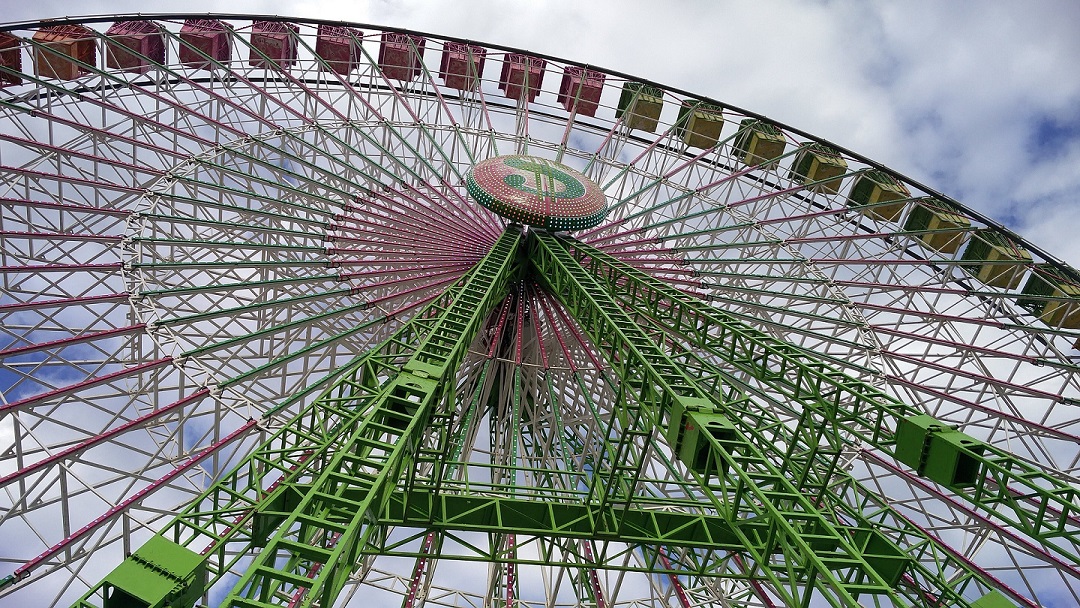Over the last decade I’ve focused my blog articles on both the benefits of building high self-awareness and the reasons building high self-awareness is so important. I think the current malaise we see in the fracture of our institutions and our society in general explains WHY building high self-awareness is so important.
From this point forward I’m ready to shift my focus on the many steps we can take, both collectively and individually, to raise our self-awareness and our consciousness. It will be helpful to apply the broader definitions of both terms.
SELF-AWARENESS is being aware of one’s own emotions, strengths, attitudes, perceptions, weaknesses, needs, and drives. Self-awareness also includes “other awareness”, meaning our ability to understand others as well.
CONSCIOUSNESS is that aspect of us which observes and is aware of all the subjective and objective phenomena of life, understanding the meaning of it to us personally.
When we develop powerful self-awareness, we also expand our consciousness. When we create this for ourselves, life flows more smoothly, everything is easier, relationships are deeper and stronger, creativity and productivity increases, success becomes automatic, living is richer and far more fun. How could it be better than this?!
OK, so where do we start in building self-awareness? Famous psychotherapist Fritz Perls was fond of saying “Awareness is curative”. We want to become more aware of who we are, how we think, how we feel and how we behave in the countless situations we encounter every day.
Let’s start with one idea we can use to better understand ourselves. First, begin noticing how you feel in various situations you encounter throughout the day. Pay particular attention to the strongly positive or negative reactions you have in different situations. What situations trigger happy, exciting, inspired, confident, pleasant, joyful feelings? What situations trigger anger, frustration, resentment, jealousy, sad feelings? There are countless situations that trigger intense feelings, be they positive or negative. You will always want to have a pen and paper available to list all the emotional reactions you have.
At the end of each day, review all the situations that sparked both strong positive and negative reactions. Try to determine why you were triggered positively when you were, and how you behaved after you encountered those positive feelings. Consider situations you experience regularly where positive feelings make you feel more creative, more connected to others, and more successful.
Next try to determine what triggered your negative feelings and behaviors. Analyze how you were able to rebalance yourself, and how long it took. Once you freed yourself from the negative feelings, consider what you might have done to deal with the situation more effectively.
There is more to uncover regarding the power you possess when you are better able to utilize your positive feelings and understand negative responses to the events you encounter in life. But for right now, just focusing on being aware of these positive and negative triggered feelings will be helpful to a significant degree.
In our next blog article we will explore positive and negative feelings more, and deal with the critical importance of receiving helpful feedback regularly to increase self-awareness and expanding consciousness.
Our online course, 5 Steps to Elevate your Career, Professional and Personal Success, is designed to support your making significant leaps in self-awareness. Sign up <here> or call 574-850-9912 for answers to your questions about the course.
Tom Searcy, Board Certified Coach
574-850-9912


Recent Comments